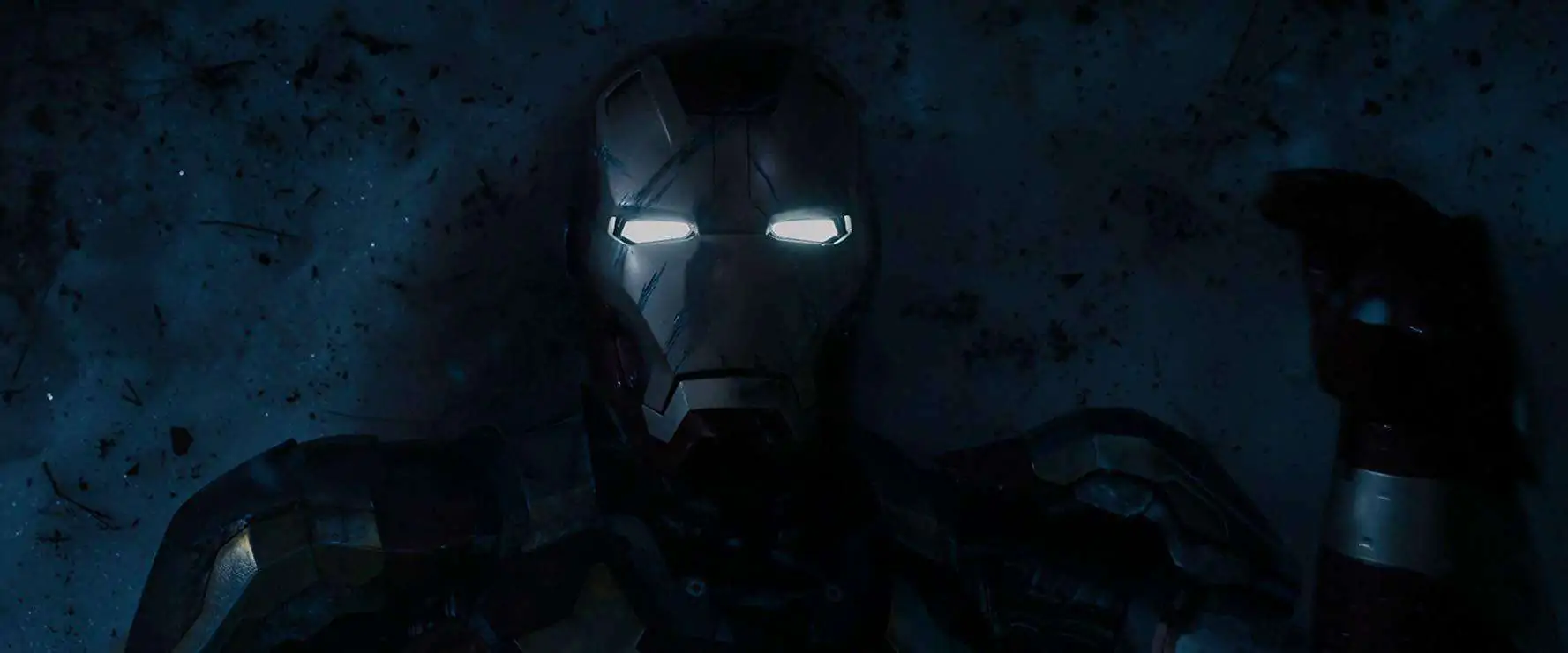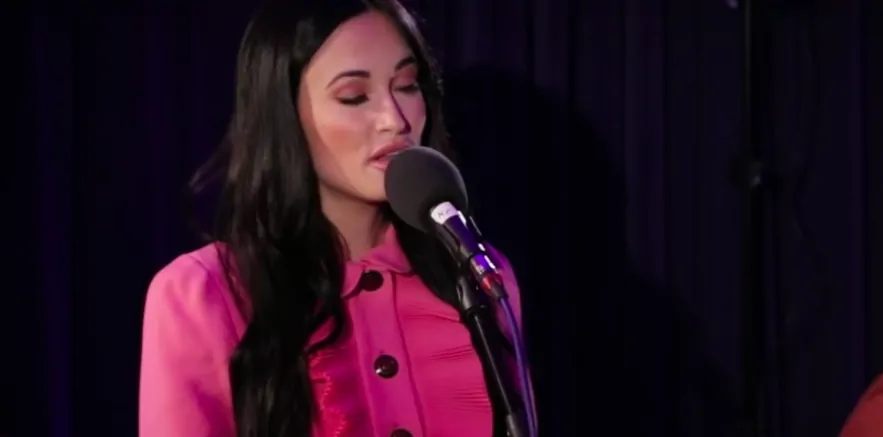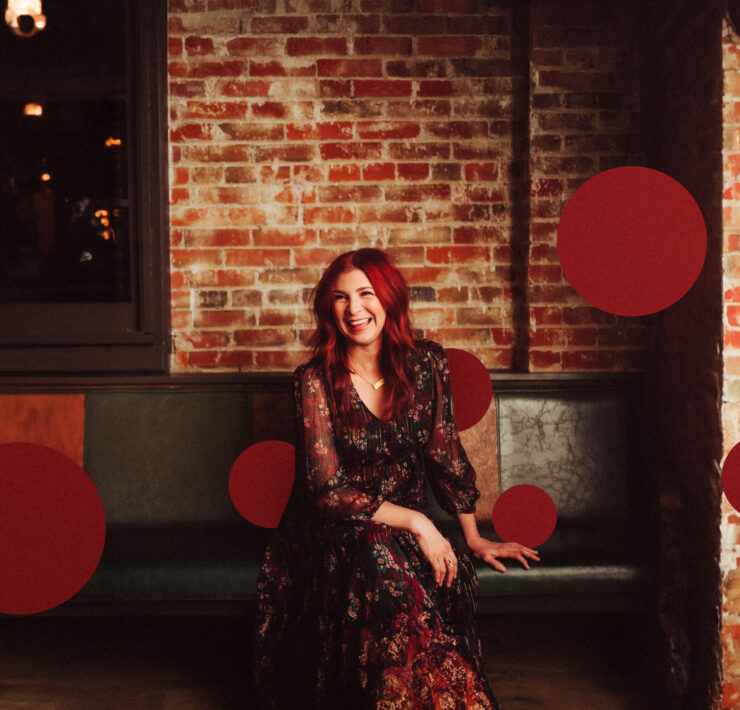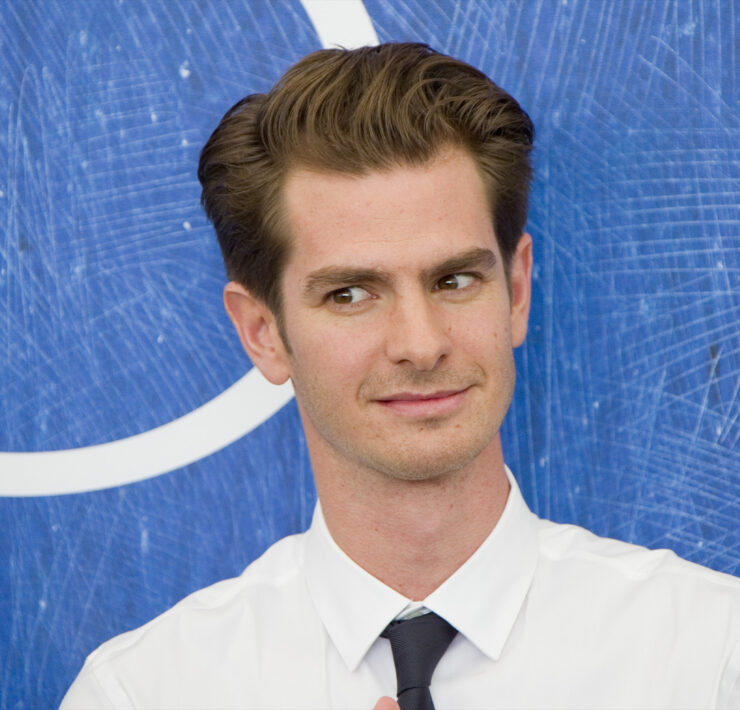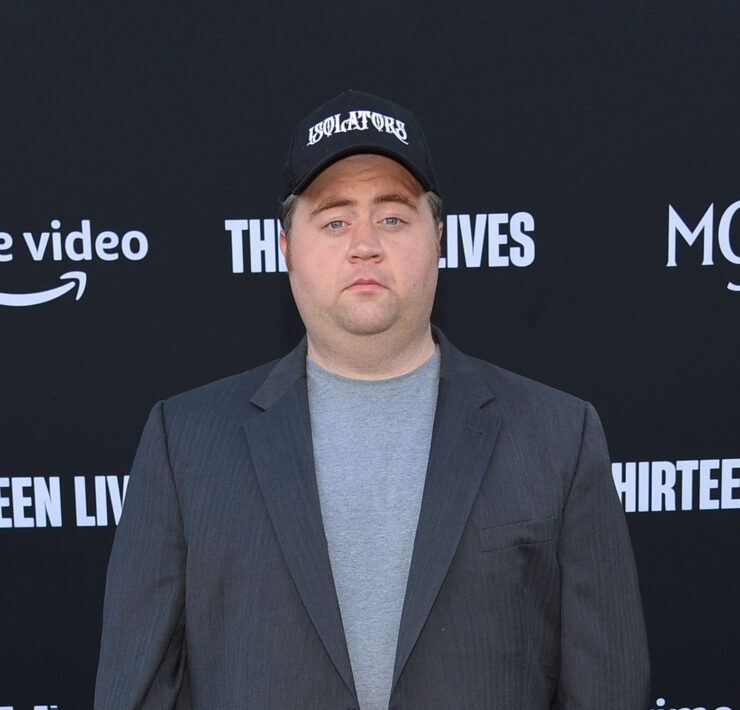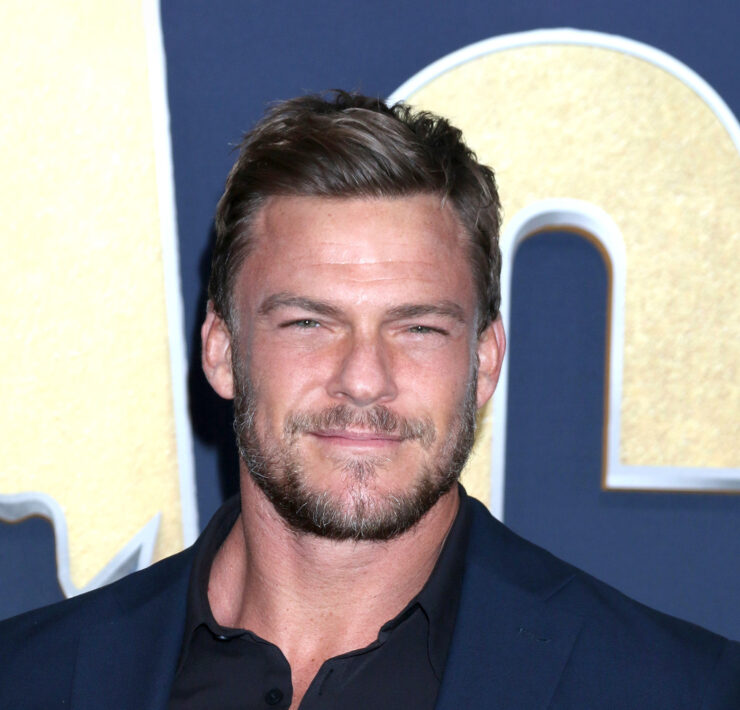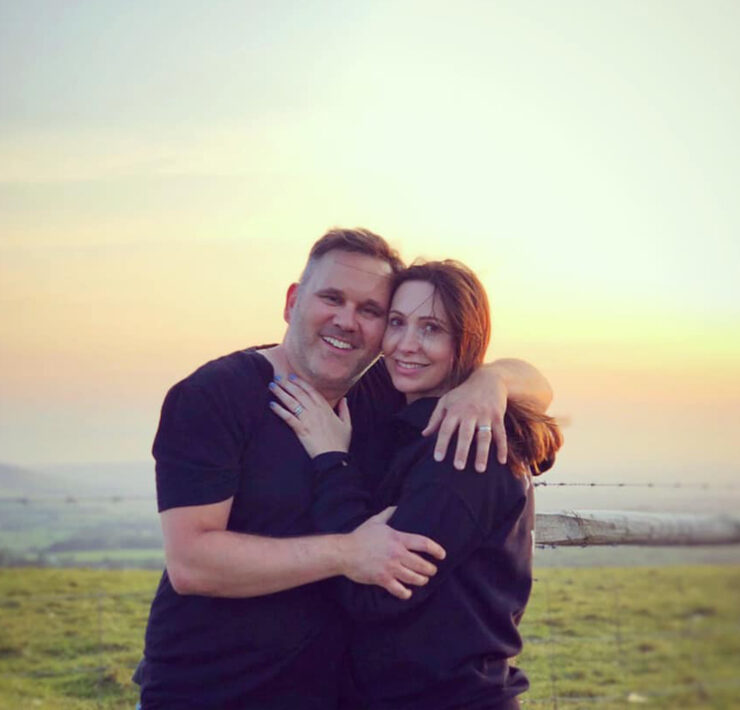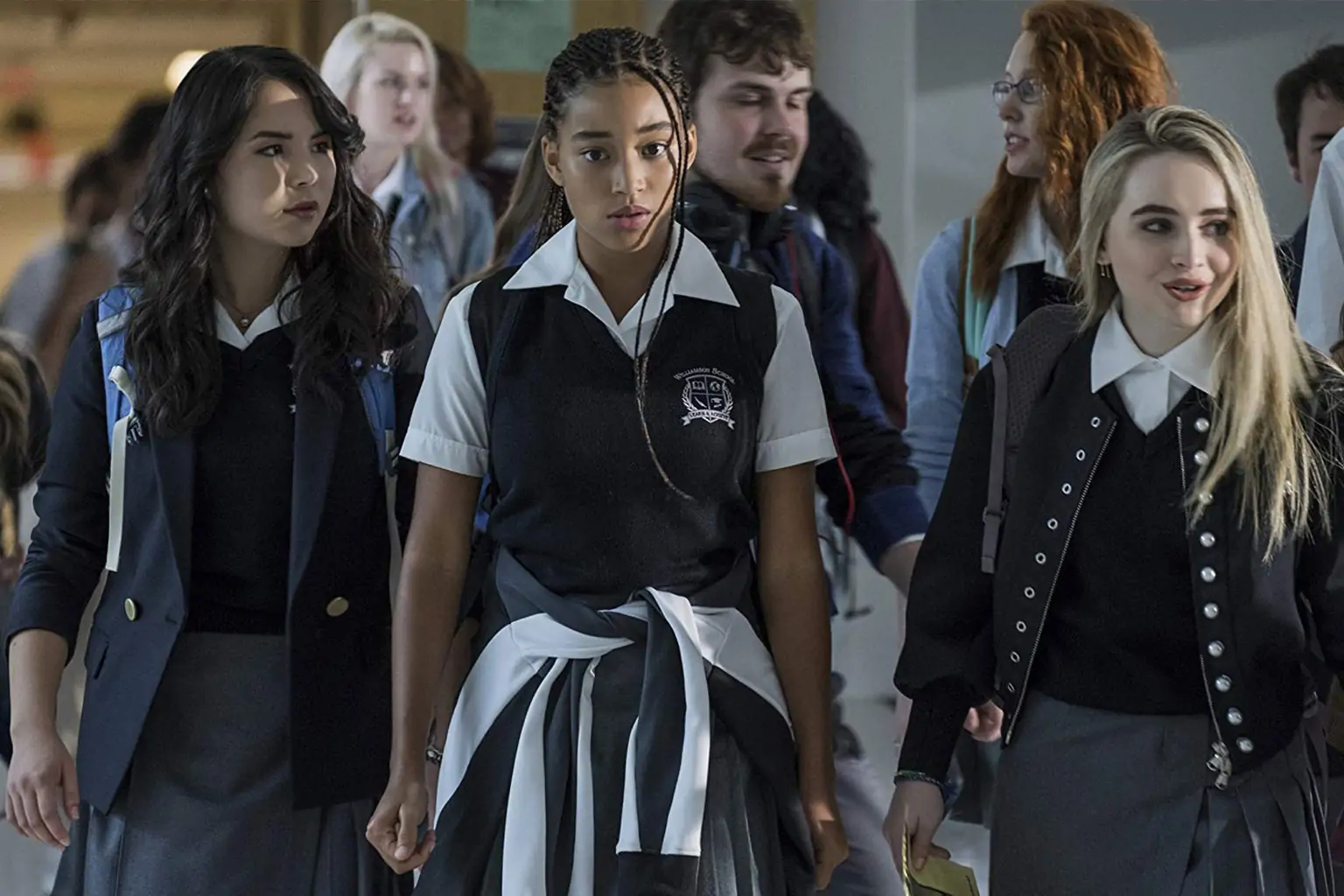
In one of the most evocative scenes from The Hate U Give, Starr (Amandla Stenberg) and her siblings recite the seventh point of the Black Panther Party Ten Point Program: “We want an immediate end to police brutality and murder of black people.” Their father leads them in the recitation after he’s harassed by two police officers. It’s a small look at the preservation of black dignity, and positions the adaptation of Angie Thomas’s bestselling 2017 novel as a primer on the way African Americans navigate what Austin Channing Brown calls “a world made for whiteness.”
The Hate U Give teaches its viewers many things about the lived reality of black life, but it is not overly didactic. Instead, the viewer is invited to witness that reality as a participant, not a voyeur.
At the core of the film’s warmth and believability is the relationship between Starr and her father, Maverick. The Hate U Give begins with 16-year old Starr’s flashback of her father sitting her and her siblings down for “the talk.” For white America, “the talk” is an awkward explanation of the birds and the bees; for black America, it’s a crash course on surviving profiling and harassment. When she was 9, Starr learned how to place her hands on the dashboard and submit when pulled over by the police.
After Maverick finishes his instructions, he reminds his kids: “Just because we have to deal with this mess, don’t you ever forget that being black is an honor, because you come from greatness.” As he says this, we see portraits of a black Jesus and Malcolm X on the walls behind them—they’re reminders of that greatness.
But when Starr’s friend Khalil is pulled over by the police on their way home from a party, the teenager must “deal with this mess” in the most brutal of ways. Starr pleads with Khalil to follow the protocol of “the talk,” but he doesn’t, and “115” (the officer’s badge number) shoots Khalil under suspicion he has a gun (he doesn’t). This moment could have pushed the audience toward an outsider-esque voyeurism, but Hate U Give’s direction allows us to see the shooting both through Starr’s eyes and the perspective of the dashcam. We recognize the kind of footage we’ve all seen on the news. It makes us witnesses.
Director George Tillman, Jr. takes time to humanize his characters, reminding us they’re more than statistics. These are living, breathing members of a community and a family. Just before the shooting, Starr and Khalil talk about Khalil’s grandmother, who’s struggling with cancer, and joke about their childhood love of Harry Potter. In the movie, Khalil’s murder will soon become a headline, but we can’t forget he has a story.
In Between the World and Me, Ta-Nehisi Coates asks, “How do I live free in this black body?” and explains, “The ground we walked was trip-wired. The air we breathed was toxic.” He laments being born into a system made to “break black bodies.” Hate U Give forces us to witness that same world, only through the eyes of children. The movie’s title references Tupac Shakur’s mantra T.H.U.G. L.I.F.E., explained by Khalil to mean: “The Hate U Give Little Infants F*** Everybody.” In other words, the hatred shown to black America’s children—in the form of unjust laws, racial profiling and implicit bias—comes back with a vengeance.
That hatred, as it were, appears in places less traumatic than Khalil’s front seat, too. Starr’s Garden Heights neighborhood shows the daily joys and struggles of a black family and tight-knit community. Maverick’s grocery store is the heart of the neighborhood, the owner of the local barbecue joint knows all the neighborhood kids and we see many intimate scenes of family meals, talks and awkward boyfriend introductions. Russell Hornsby, who plays Starr’s father, told The Grio: “It’s important we understand black people are no different than anyone else. We do love, we do care, and we want the best for our children. We want to educate them, we want to raise them and keep them safe just like everyone else.”
These ideas—and conflicts—emerge anew at Williamson, Starr’s wealthy, white-majority high school. Starr is glad to escape the dangers of her local school, “where you get jumped, high, pregnant or killed,” but she laments having to become “Starr 2,” worried her real self will be labeled an “angry black girl” or a victim of poverty. She continually code switches, changing her word choice so she won’t fit a stereotype: “Slang makes them cool; slang makes me hood,” she says.
Starr’s friends like the “cool” parts of what they deem being “black” (rap music, slang) but they fear being too close to her “blackness.” This manifests itself in many ways inside Hate U Give. As the film continues, the real Starr must work to overpower “Starr 2” in order to convert her meek whisper to a bold scream, speaking truth to power and communicating the injustice of Khalil’s death.
The Hate U Give is a coming-of age narrative, but it does not subject us to melodrama or preachiness. Instead, it shows us how a young woman learns that living in a black body is both beautiful and dangerous. There are no compromises concerning the trauma at the heart of the story or the humanity of the film’s well-developed, human, and endearing characters.
As a white person, this movie is not my story, but it is a story I needed to witness in order to better love my neighbor as myself. The Hate U Give is a must-see. It educates, entertains and—most importantly—invites us to participate in Starr’s story, and therefore broadens our capacity for empathy.








